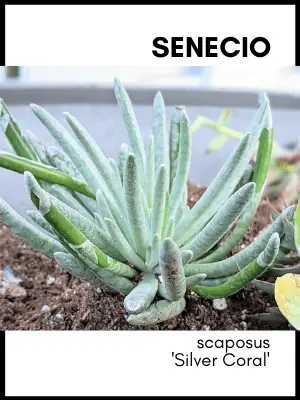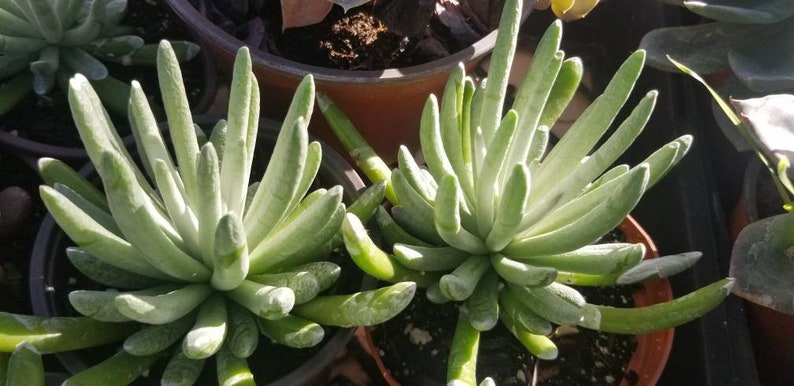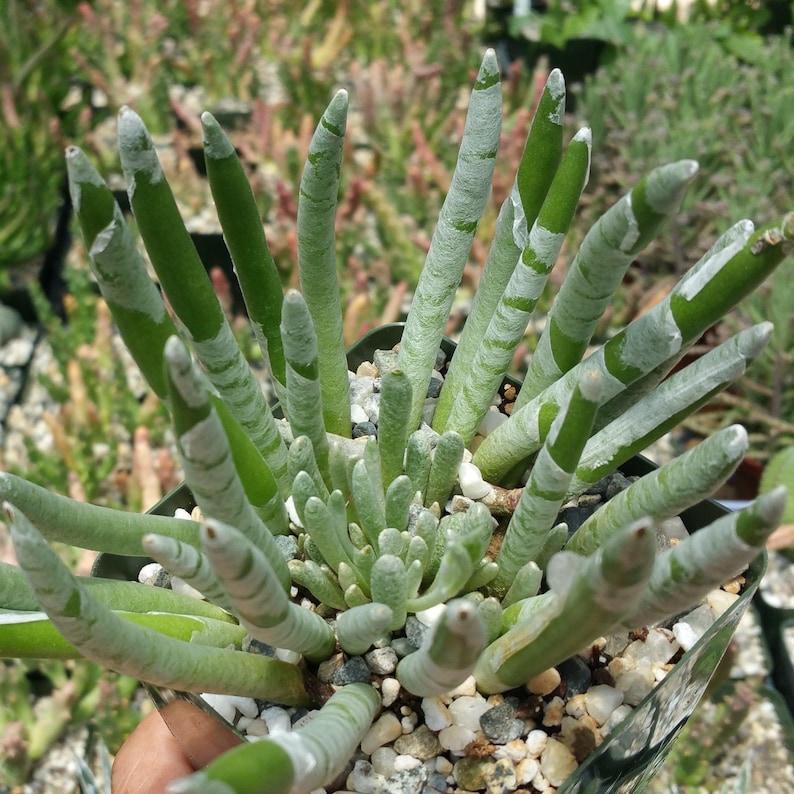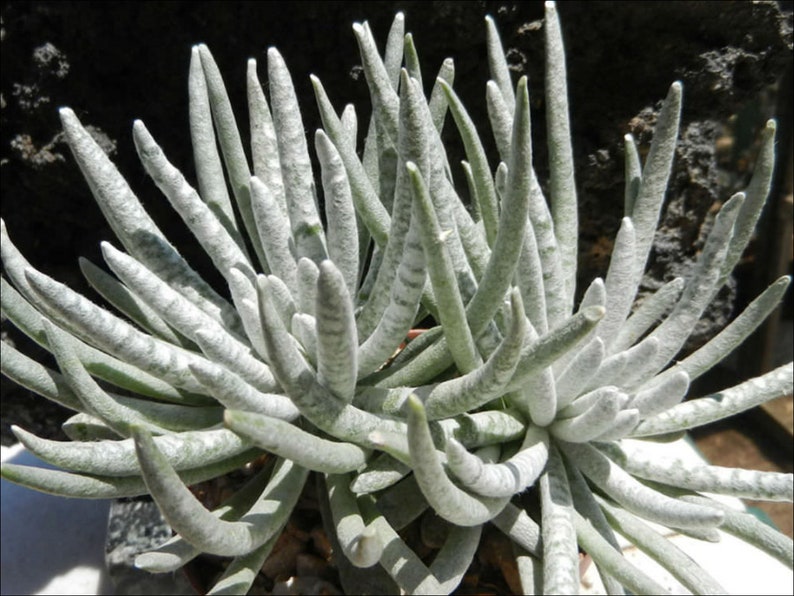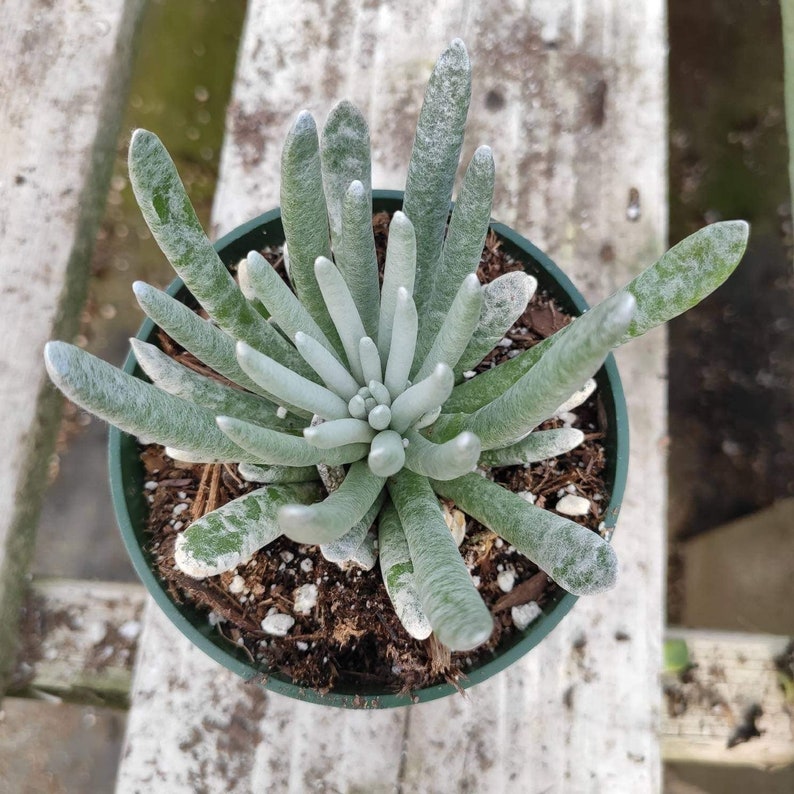Are you a succulent enthusiast, always on the lookout for unique and interesting plants to add to your collection? If so, the Senecio scaposus, commonly known as the ‘Wooly Senecio’, might just be the plant for you. This comprehensive guide will provide you with everything you need to know about this fascinating plant, from its botanical description and native habitat to tips on how to grow and care for it.
Dig in!
Botanical Description
Habit and form
Senecio scaposus is a perennial succulent that belongs to the Asteraceae family. This compact plant typically grows up to 6 inches (15 cm) tall and 12 inches (30 cm) wide, forming dense clusters of silver-grey rosettes.
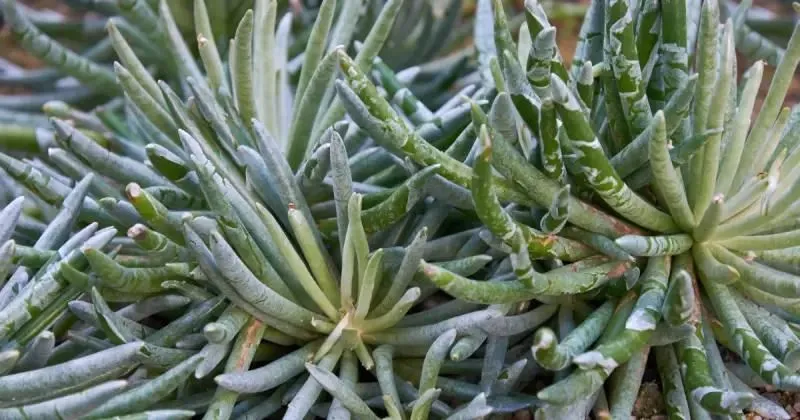
Leaves
The leaves of Wooly Senecio are cylindrical, fleshy, and covered with a dense layer of white, wool-like hairs. These hairs help the plant conserve water and protect it from harsh sunlight, making it well-adapted to arid environments. Each leaf can grow up to 2 inches (5 cm) long.
Flowers
During the summer months, Senecio scaposus produces bright yellow, daisy-like flowers on tall, slender stalks. These blooms are quite showy and attract various pollinators, such as bees and butterflies.
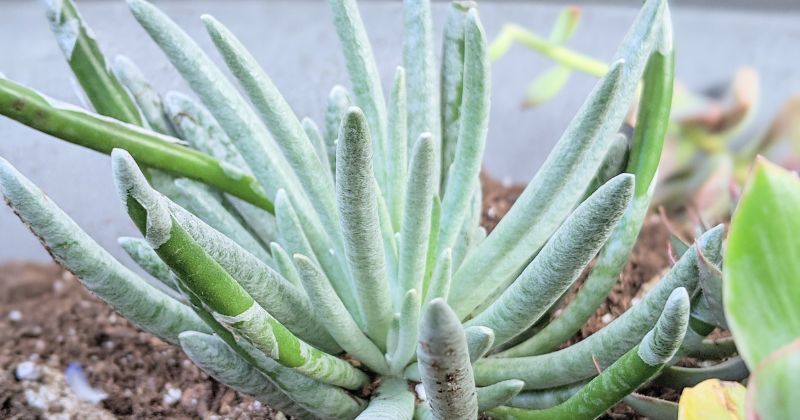
Fruits and seeds
Following successful pollination, Wooly Senecio produces small, brown, and wind-dispersed seeds. Each fruit contains several seeds, ensuring the plant’s survival in its native habitat.
Native Habitat and Distribution
Senecio scaposus is native to the arid regions of South Africa, specifically the Western and Northern Cape provinces. It thrives in rocky outcrops and gravelly slopes, often growing in the company of other succulents and drought-tolerant plants.
Growing Conditions and Care
Soil
Wooly Senecio prefers well-draining soil, such as a mixture of cactus/succulent potting mix and perlite or sand. Good drainage is essential to prevent root rot, a common issue in succulents grown in poorly-draining conditions.
Water
As a drought-tolerant plant, Senecio scaposus requires minimal watering. During the growing season, water the plant thoroughly when the soil has dried out completely. In winter, reduce watering to once a month or less, as the plant enters a period of dormancy.
Light
This succulent requires plenty of bright, indirect sunlight to maintain its compact growth habit and vibrant color. If grown indoors, place it near a south or west-facing window for optimal light exposure.
Temperature
Senecio scaposus can tolerate a wide range of temperatures, from 40°F (4°C) to 90°F (32°C). However, it is not frost-hardy and should be protected from temperatures below freezing.
Propagation
Stem cuttings
One of the easiest ways to propagate Wooly Senecio is through stem cuttings. Simply remove a healthy leaf, let it dry for a few days to develop a callous, and then place it on well-draining soil. New roots will form, and within a few weeks, a new plant will begin to grow.
Seeds
Senecio scaposus can also be grown from seeds, although this method is slower than stem cuttings. Sow the seeds on the surface of moist, well-draining soil and keep them in a warm, bright location. Germination usually occurs within two to four weeks.
Common Pests and Diseases
Wooly Senecio is relatively resistant to pests and diseases. However, it can be susceptible to common succulent ailments such as mealybugs, aphids, and root rot. To prevent these issues, ensure good drainage and air circulation around the plant and avoid overwatering.
Uses and Benefits
Ornamental value
With its striking silver-grey foliage and vibrant yellow flowers, Senecio scaposus makes abeautiful addition to rock gardens, succulent displays, and container gardens. Its compact size and unique appearance make it a great focal point in any collection.
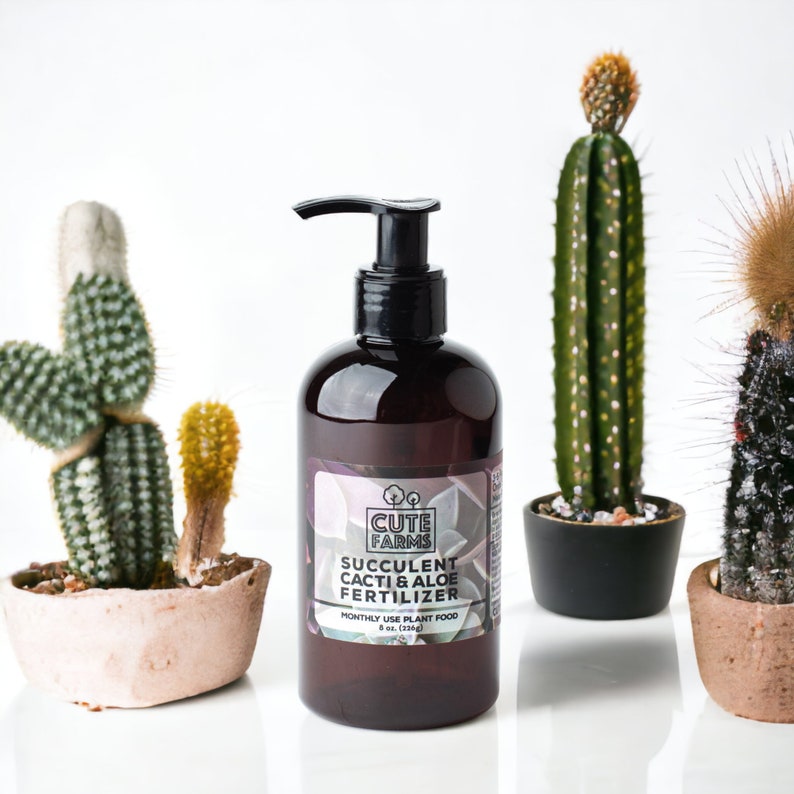
Succulent fertilizer available to purchase on Etsy.
Ecological importance
In its native habitat, Wooly Senecio provides food and shelter for various pollinators, such as bees and butterflies. By cultivating this plant, you can contribute to the conservation of these important species.
Interesting Facts
- Despite its common name, Senecio scaposus is not a true Senecio but has been reclassified as Curio scaposus. However, the old name is still widely used in horticulture.
- The wool-like hairs covering the leaves of Wooly Senecio are actually trichomes, specialized epidermal cells that help the plant adapt to its harsh environment.
- Wooly Senecio is part of the Asteraceae family, making it a distant relative of plants like sunflowers and daisies.
- Senecio scaposus is one of over 1,000 Senecio species found worldwide, making it one of the largest and most diverse plant genera.
- The genus name “Senecio” comes from the Latin word “senex,” meaning “old man,” which refers to the white, hair-like trichomes covering the leaves of many Senecio species.
Senecio scaposus, or Wooly Senecio, is a unique and eye-catching succulent that deserves a place in any plant enthusiast’s collection. By following the care and propagation tips outlined in this comprehensive guide, you can enjoy the beauty and ecological benefits of this fascinating plant for years to come.
FAQs
- Is Senecio scaposus toxic to pets?
Senecio scaposus is considered mildly toxic to pets, particularly cats and dogs. Ingestion can cause vomiting, diarrhea, and drooling. If you suspect your pet has ingested any part of the plant, contact your veterinarian immediately. - Can I grow Wooly Senecio indoors?
Yes, Wooly Senecio can be grown indoors as long as it receives plenty of bright, indirect sunlight. A south or west-facing window is ideal for maintaining its compact growth and vibrant color. - How often should I fertilize Senecio scaposus?
Wooly Senecio has low nutrient requirements and does not need frequent fertilization. A balanced, water-soluble fertilizer, diluted to half strength, can be applied once during the growing season to support healthy growth. - How do I know if my Wooly Senecio is getting enough sunlight?
If your Wooly Senecio appears to be stretching or becoming leggy, it may not be receiving enough sunlight. Ensure the plant is placed in a location with plenty of bright, indirect light to encourage compact growth and maintain its vibrant color. - What should I do if my Senecio scaposus develops root rot?
If you suspect root rot, remove the affected plant from its pot and examine the roots. Trim away any rotten or damaged roots, and let the plant dry out for a few days before repotting in fresh, well-draining soil. Ensure proper drainage and avoid overwatering to prevent future occurrences of root rot.
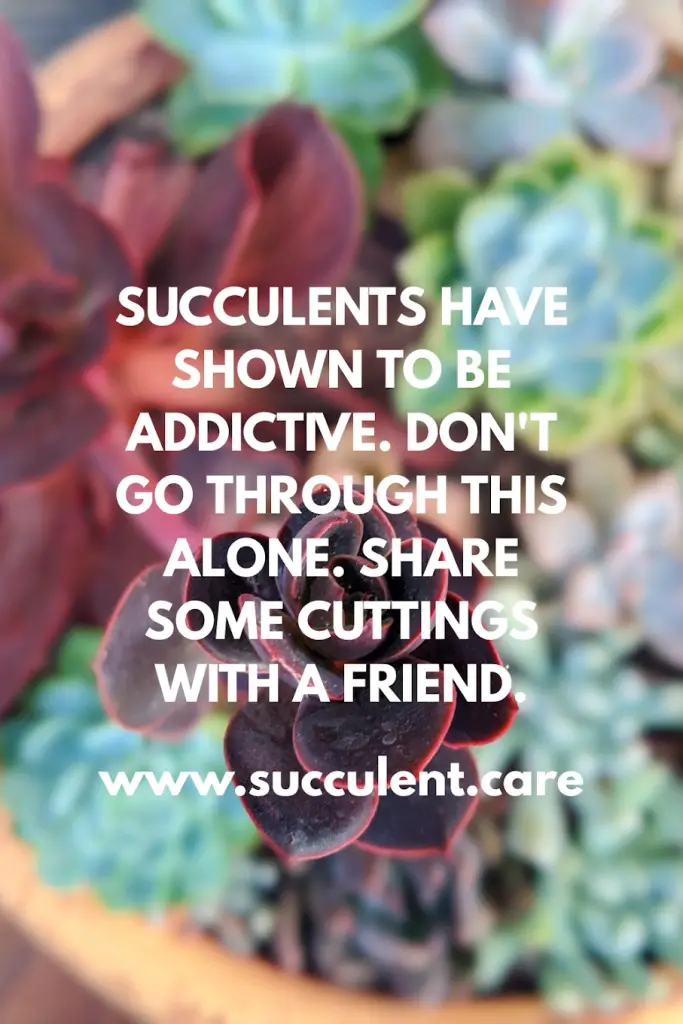
Where to Buy Succulents Online

